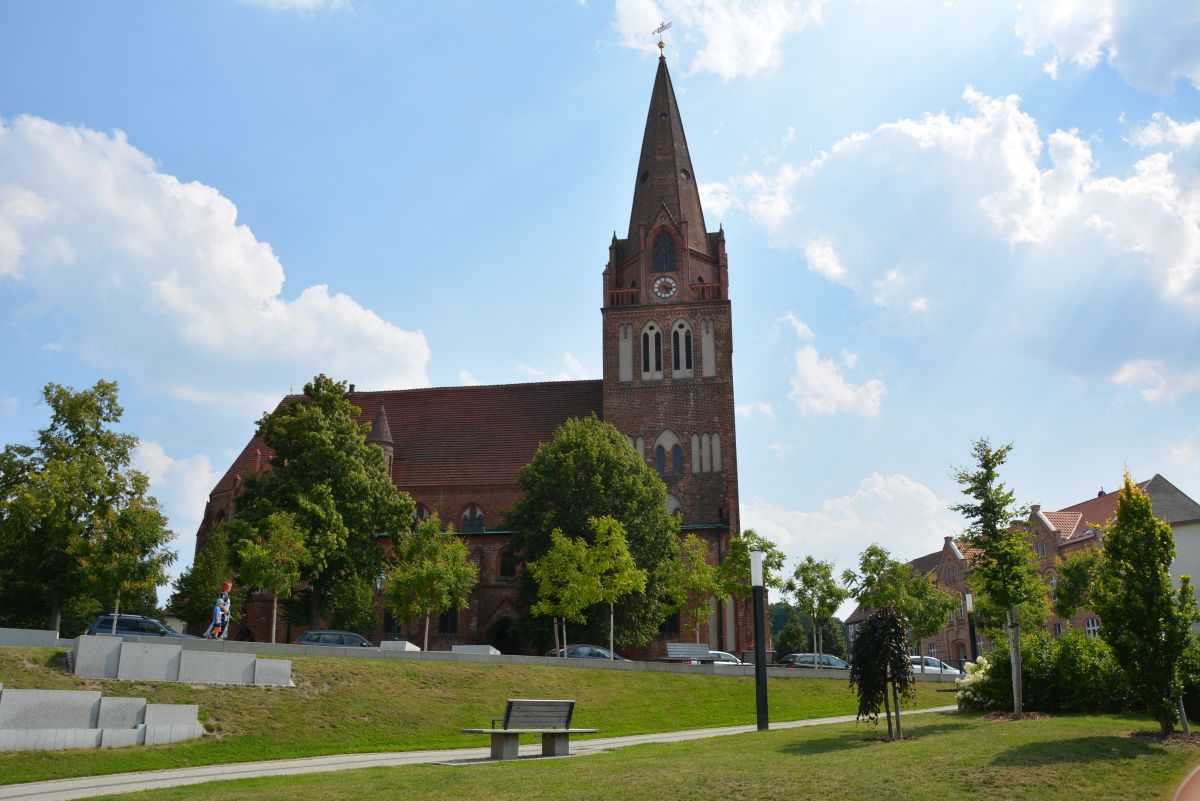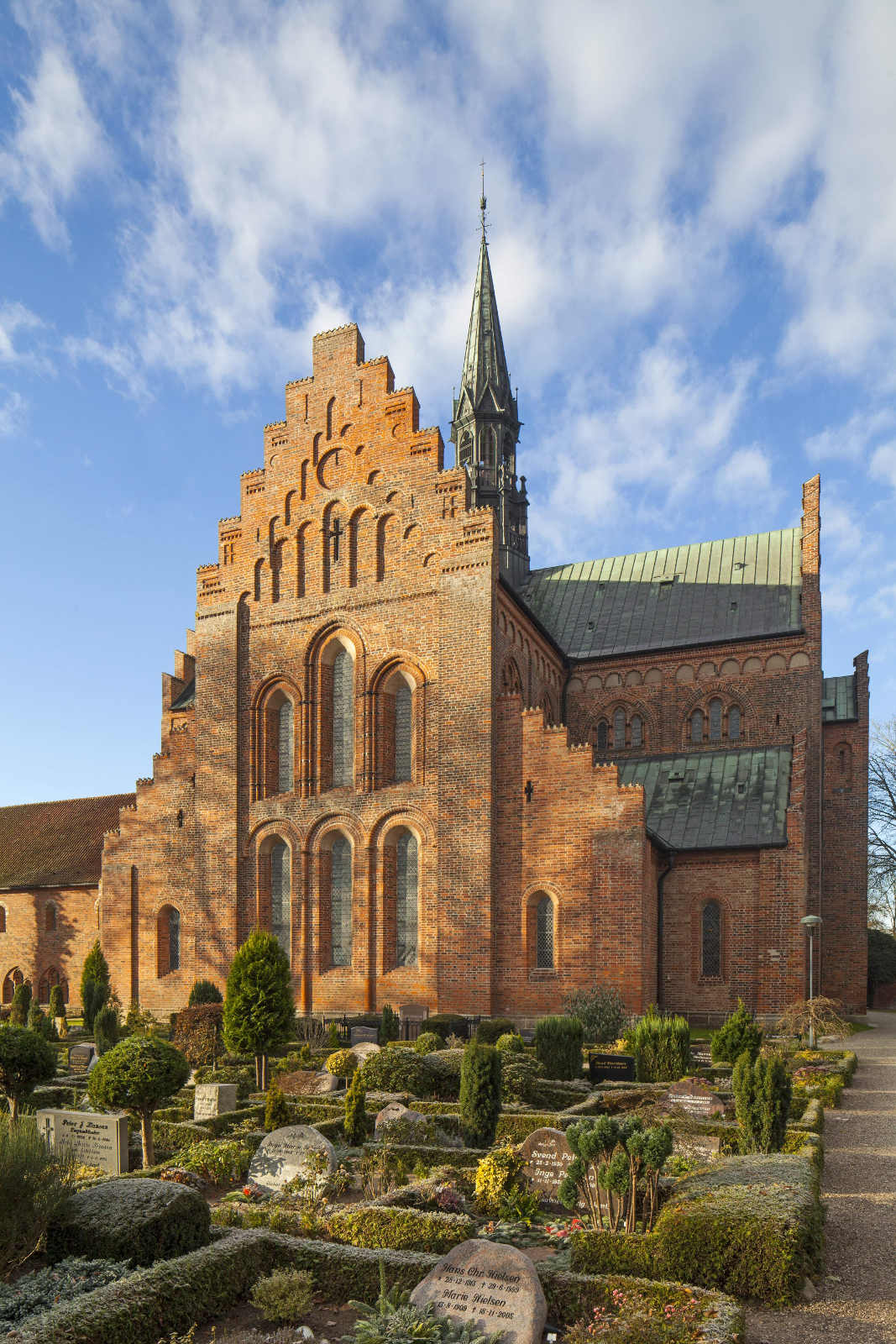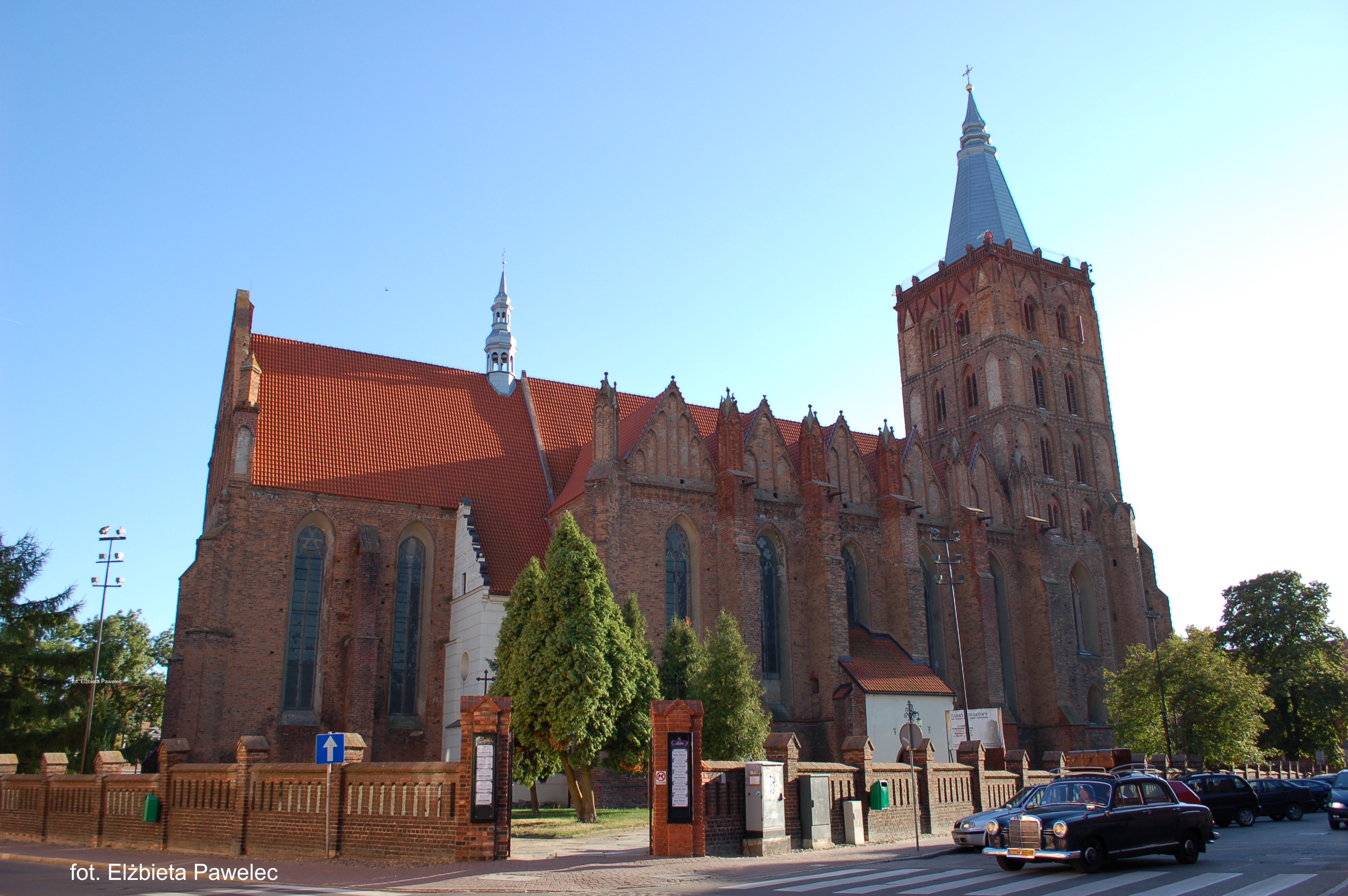The town of Tangermünde was founded around the year 1000 on the watermeadows by the small river Tanger, protected by a castle. The importance of Tangermünde as a Hanseatic town and secondary residence of Emperor Charles IV is evident in its Brick Gothic buildings. To this day the town has been able to preserve its […]
read moreIn 2002, the Hanseatic city of Wismar became a UNESCO World Heritage Site, together with Stralsund. Wismar is distinguished by its historic harbour, mighty brick churches, gabled houses and the market square. The historic town centre has retained its medieval ground-plan almost unchanged and bears witness to the layout of the maritime trading towns under […]
read more775 Years of Neubrandenburg – Welcome to the City of Four Gates In 2023, Neubrandenburg will celebrate its 775th anniversary. The city looks at its past, present and future and what moves, shapes and changes it. Neubrandenburg is situated in an idyllic landscape directly by a lake, the Tollensesee. The third largest city in Mecklenburg-Vorpommern […]
read moreFor more than 760 years now, St. Mary’s Church has dominated the silhouette of Frankfurt (Oder). The hall church is some 80 metres long and has a 45-metre wide transept, making it one of the largest religious buildings in North German Brick Gothic style. Other Brick Gothic buildings also bear witness to the great past […]
read moreGüstrow, formerly a ducal residence, takes its honorific name from expressionist sculptor Ernst Barlach. The town is famous for its magnificent buildings spanning six centuries, its artists and the largest collection of nativity scenes in Northern Germany. Güstrow Palace is particularly striking: one of the most beautiful Renaissance buildings in Northern Europe, it dominates the […]
read moreThis small and idyllic port metropolis in the north of Schleswig-Holstein certainly lives up to its reputation. You can sense Fensburg’s Scandinavian flair everywhere you go, throughout the cosy alleys of the old town, in the historic merchants’ yards, and along the harbour. This truly is a town of two cultures. The history of Flensburg […]
read moreThe town of Eberswalde and the municipality of Chorin are surrounded by a landscape of forests and lakes. The town is one of the Brandenburg foundations of the Ascanian dynasty, who provided the margraves of Brandenburg until 1319. The Cistercian monastery of Chorin, eight kilometres away, is also an Ascanian foundation and served both as […]
read moreThe university and Hanseatic city of Greifswald is a city with maritime charm close to the Bay of Greifswald (Greifswalder Bodden), between the islands of Rügen and Usedom. Alongside the Hanseatic League, the founding of the university in 1456 contributed significantly to its development and still does today. Greifswald gained worldwide fame through the paintings […]
read moreJüterbog is a historic town in the Fläming region, about 60 km south of Berlin. It was once a major scene of the Reformation, as it was here that Dominican friar Johann Tetzel preached and sold indulgences, thereby enraging Luther in Wittenberg, not far away. Jüterbog also has an important past as a medieval metropolis […]
read moreIts brick gables and its charm of a bustling university town give the thousand-year-old Lüneburg an exciting flair. Narrow cobblestone streets and an abundance of small shops and restaurants invite you to explore and discover the town. The harbour is another tempting attraction with its centuries-old houses towering over the river, its Old Crane and […]
read more


















